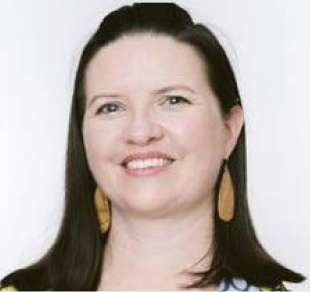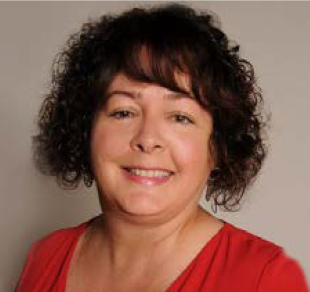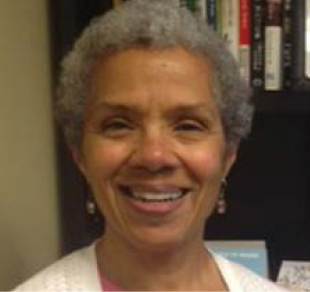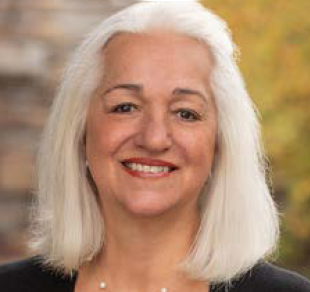
- This event has passed.
When Disaster Hits: Philanthropic Responses to Natural and Man-made Disasters
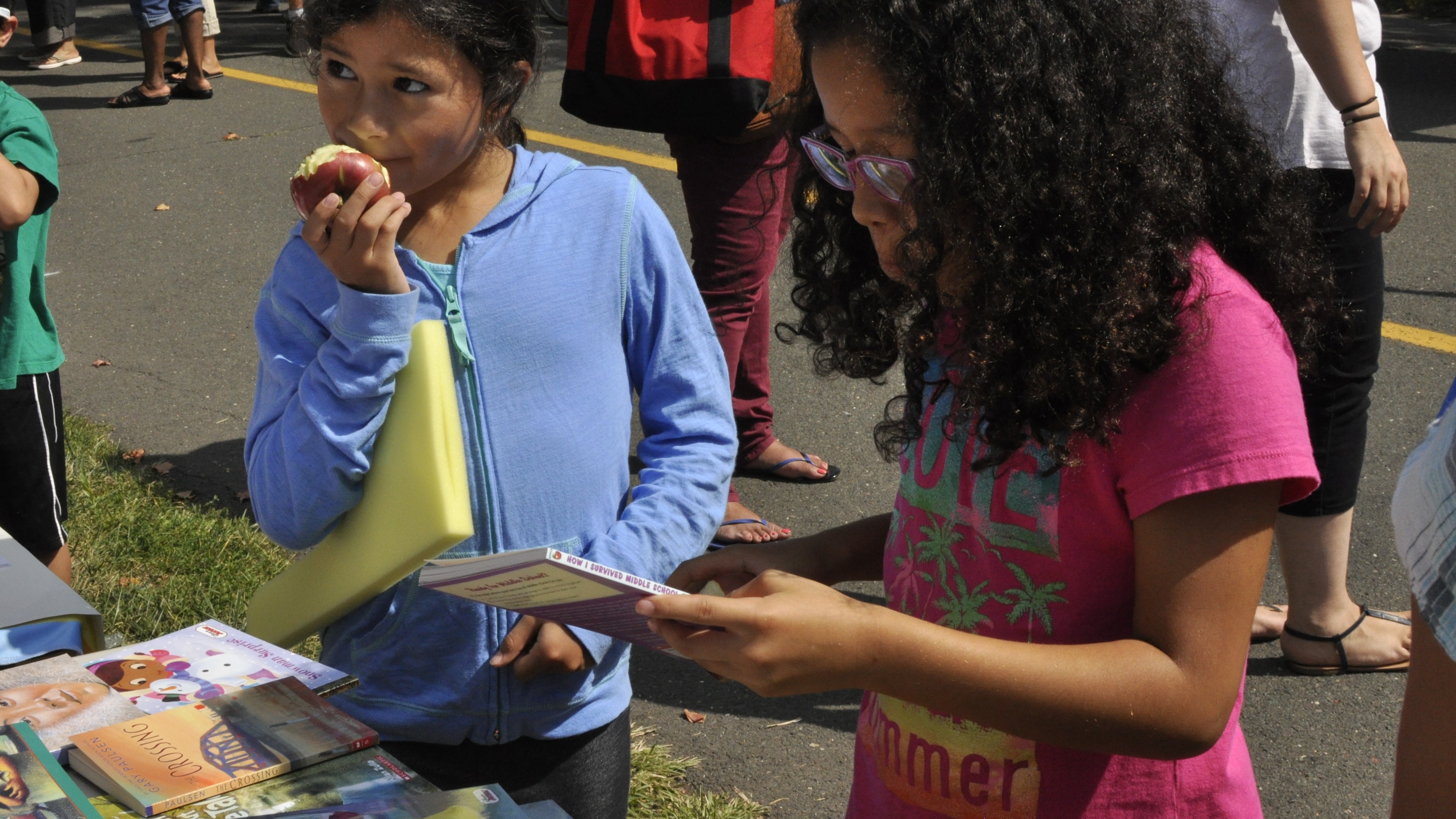
“Let’s stop treating disasters as extraordinary and start building structures and processes for when the next disaster will happen — not if, but when. I can’t stress enough the importance of the convening role of the funder, both to bring nonprofits together and also to work together as funders.” – Lauress L.W. Lawrence, M.Div, Ph.D., Elmina B. Sewall Foundation
In the September 17, 2024 Funder–to–Funder Conversation, Lauress L.W. Lawrence, M.Div, Ph.D., of the Elmina B. Sewall Foundation in Freeport, Maine, offered the above call to action during a session that explored the ways in which philanthropy can help communities prepare for, prevent and mitigate disasters, as well as nurture equitable recovery and resiliency in their aftermath.
Anne C. Kubisch, formerly with The Ford Family Foundation in Oregon, moderated the conversation, beginning by sharing her own learning process about the need to prepare for disasters in advance:
“There was a moment about five years into my tenure when one of my program officers came to me and said, ‘Anne, I think every year you have been here, we have had some kind of disaster. We have had a mass shooting, the worst forest fires in Oregon history, flooding. Rather than thinking about emergency response as a one-off thing, perhaps we should think about developing our own internal capacity for preparing, responding and supporting recovery because we know that this is going to happen routinely from here forward.’” – Anne C. Kubisch
Kubisch and Lawrence were joined by Justina Acevedo-Cross of the Hawai’i Community Foundation (HCF), Sharad Aggarwal of the Center for Disaster Philanthropy (CDP) and Maria Juarez Stouffer of Children’s Services Council of Broward County, Florida. Echoing what Kubisch shared about the recurring nature of disasters, Acevedo-Cross, Stouffer and Lawrence shared their respective communities’ experiences with disasters in recent years, including floods, hurricanes, lava flows, the pandemic and wildfires in Hawai’i; hurricanes, flooding, community gun violence and the Marjory Stoneman Douglas High School shooting in Florida; and flooding, severe weather incidents, the pandemic and the Lewiston mass shooting in Maine.
Acevedo-Cross described how HCF adopted a four-phase approach to disaster response, beginning with community readiness, rapid relief and response, recovery and stabilization and rebuilding resilience. Having that approach in place positioned them to respond quickly to last year’s wildfires on Maui.
“We set up what are called Strong Funds ahead of disasters so on August 8, [2023,] when the Maui fires took hold, we were able to activate those quickly. Meaning that we had funds coming in less than 24 hours and our first $1 million went out the door within the first 48 hours….One of the things I want to really double down on is how much work you can do ahead of time to have those conversations about what role you’re playing as a funder and what role someone else might be better equipped to play.” – Justina Acevedo-Cross
Aggarwal explained how CDP functions as an intermediary to inform and enhance the work of philanthropic leaders across the globe in responding equitably across the whole “arc” of disasters from preparedness through rebuilding and recovery.
“Philanthropy has a privileged position to raise issues that aren’t often talked about: What are those values that we want to promote? Who are the communities that don’t usually get the attention that they deserve? We really want to amplify the voices of marginalized communities.” – Sharad Aggarwal
In a robust and thoughtful conversation, the panelists discussed the importance of philanthropy:
- Creating a plan and process for response before a disaster strikes and building collaborative relationships with other funders and with grantees;
- Looking for opportunities to strengthen systems and addressing underlying inequities that are often exacerbated by disasters;
- Embracing the “more than money” roles that philanthropy can play, including convening funders and partners before and after disasters, being a catalyst for systems change to support long-term resiliency, and advocating for increased attention to “low attention” disasters that might not receive the media focus and response of other high-profile disasters;
- Providing flexibility in grantmaking to allow grantees to reallocate funds and support rapid response efforts and be nimble to new issues and demands;
- Recognizing traumas caused by disasters and the long-term mental health implications of that kind of trauma, especially for communities facing repeated disasters;
- Taking a holistic and multidimensional approach to address the housing, health care, education and social services impacts of a disaster;
- Functioning as an information and coordination hub after disasters happen to lessen confusion and ensure families and partners know where and how to access resources; and
- Listening to the community, meeting them where they are, and embracing shared decision-making to ensure work is community-driven and community-led.
“We listen closely to the communities that we serve, and that’s really important. I can’t stress that enough. Each community, even each neighborhood, might have different needs, and it’s important to know what they are and to listen to them to meet them where they are.” – Maria Juarez Stouffer
Panel
